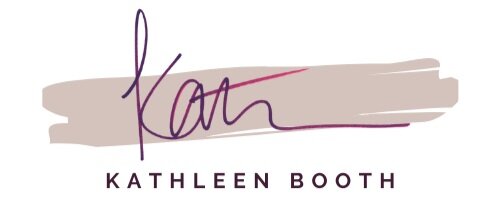Jeff Risley | Saxum
Saxum Chief Growth Officer Jeff Risley and his team are applying the principles of inbound marketing to building consensus for public sector reform and infrastructure projects - something they call “social permitting.” Learn what social permitting is, how it’s used, and exactly how it works.
Mickie Kennedy | eReleases
eReleases founder Mickie Kennedy shares straight talk on when marketers should - and should not - invest in sending out press releases, and dives into best practices around how to write a high impact release that will actually get you noticed by the press.
Martha Aviles | Talroo
Essential worker recruiting platform Talroo is growing quickly thanks in part to an innovative and aggressive approach to telling customer stories. In this week’s episode, VP of Marketing Martha Aviles explains how they’re doing it.
Estie Starr | Strand Consulting & The Better Business School
What does it take to make something go viral? And should you even try to achieve virality? In this episode, Strand Consulting founder Estie Starr breaks down the science of virality and explains when you should - and should not - try to make your marketing go viral.
Stacy Willis | Playwire
Stacy Willis has successfully implemented content strategies that drive pipeline and revenue across multiple companies and in this episode, shares the keys to consistent execution.
Nima Gardideh | Pearmill
With hundreds of millions of dollars of ad spend under management, Pearmill has considerable data about what's really working. In this episode, Pearmill President Nima Gardideh shares what they've learned, along with the experimentation framework the team uses to drive results.
Tom Shapiro | Stratabeat
Stratabeat CEO Tom Shapiro explains how marketers can approach creativity as a science (as opposed to an art), and shares the processes his team uses to spark creative ideas that drive strong marketing ROI.
Melissa Moody | Gated
Gated Co-Founder and head of marketing Melissa Moody describes how the company's advisors and advocates are helping to fuel its 30+ percent month over month user growth rate.
Sam Boyd | CopySmiths
From planning your blogging strategy, to writing approaches, to the structural elements (think headings, images, etc.) that make up a great blog, CopySmiths content coach Sam Boyd covers everything marketers need to know to create an outstanding blog.
AJ Davis | Experiment Zone
Experiment Zone founder and former Google Optimize head researcher AJ Davis shares how to conduct user research studies and then leverage the results to inform conversation rate optimization experiments that have led to massive improvements in marketing results for her clients.
Sandy Donovan | The Email Lady
Email expert Sandy Donovan - otherwise known as “The Email Lady” - shares the process she’s used to help ecommerce brands increase revenue by 600% in under 60 days by optimizing their email marketing strategies.
Colby Flood | Brighter Click
Brighter Click CEO Colby Flood breaks down the testing process that he and his team use to refine their paid ads funnels and improve the ROI of their clients’ ad campaigns.
Erik Huberman | Hawke Media
Erik Huberman’s company Hawke Media has helped more than 4,000 clients get better marketing results with what it calls the “Hawke Method.” In this episode, Erik breaks down the Hawke Method and explains the three things all companies need to nail to achieve their growth goals.
Emily McGuire | AWeber
Beyond open rates, what metrics should you be using to measure email performance? AWeber customer evangelist Emily McGuire explains how email tracking has changed in the wake of recent IOS updates and which metrics you can use to determine whether your emails are actually performing.
Tim Parkin | Marketing Consultant
What does it take to create a high performing marketing team? Tim Parkin has devoted his life to answering this question. In this episode of The Inbound Success Podcast, Tim breaks down the process he uses to establish processes, train teams, and establish meeting cadences that support top performance.
Bobby Gillespie | Propr Design
The best marketing tactics in the world won’t get great results without a solid brand foundation. Propr Design founder Bobby Gillespie helps companies do just that and in this episode, he explains the 5 steps of the process.
Eric Stockton | Constant Contact
How did Constant Contact improve the lead to close rate for SharpSpring? Head of Demand Generation Eric Stockton talks about shifting the focus from outbound to inbound marketing, and the impact that had on lead quality, demo completion rates, and pipeline close rates.
Jessica Embree | Tulip Media Group
Tulip Media lowered its customer acquisition cost from $40,000 to $4,000 - a 10x reduction - in a matter of weeks using the Storybrand methodology. Learn why changing their messaging and shifting from events to digital ads dramatically increased the volume of qualified inbound leads.
Farzad Rashidi | Respona
How does a website get more than 3 million visits per month with zero dollars spent on paid advertising? Farzad Rashidi is the marketer behind the strategy and explains how the content promotion strategy he used for Visme resulted in massive increases in organic traffic.
Mark Raffan | Content Callout
Content Callout founder Mark Raffan explains why B2B companies and their subject matter experts should be building authority on LinkedIn, and digs into the best practices behind the most successful LinkedIn organic strategies.
